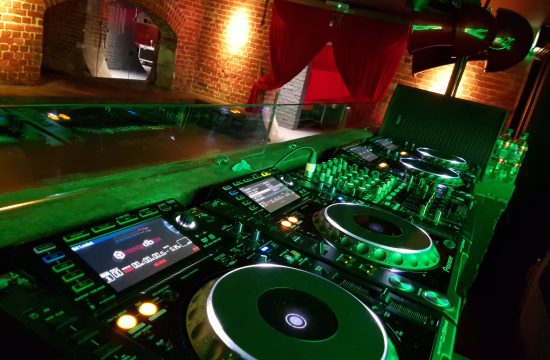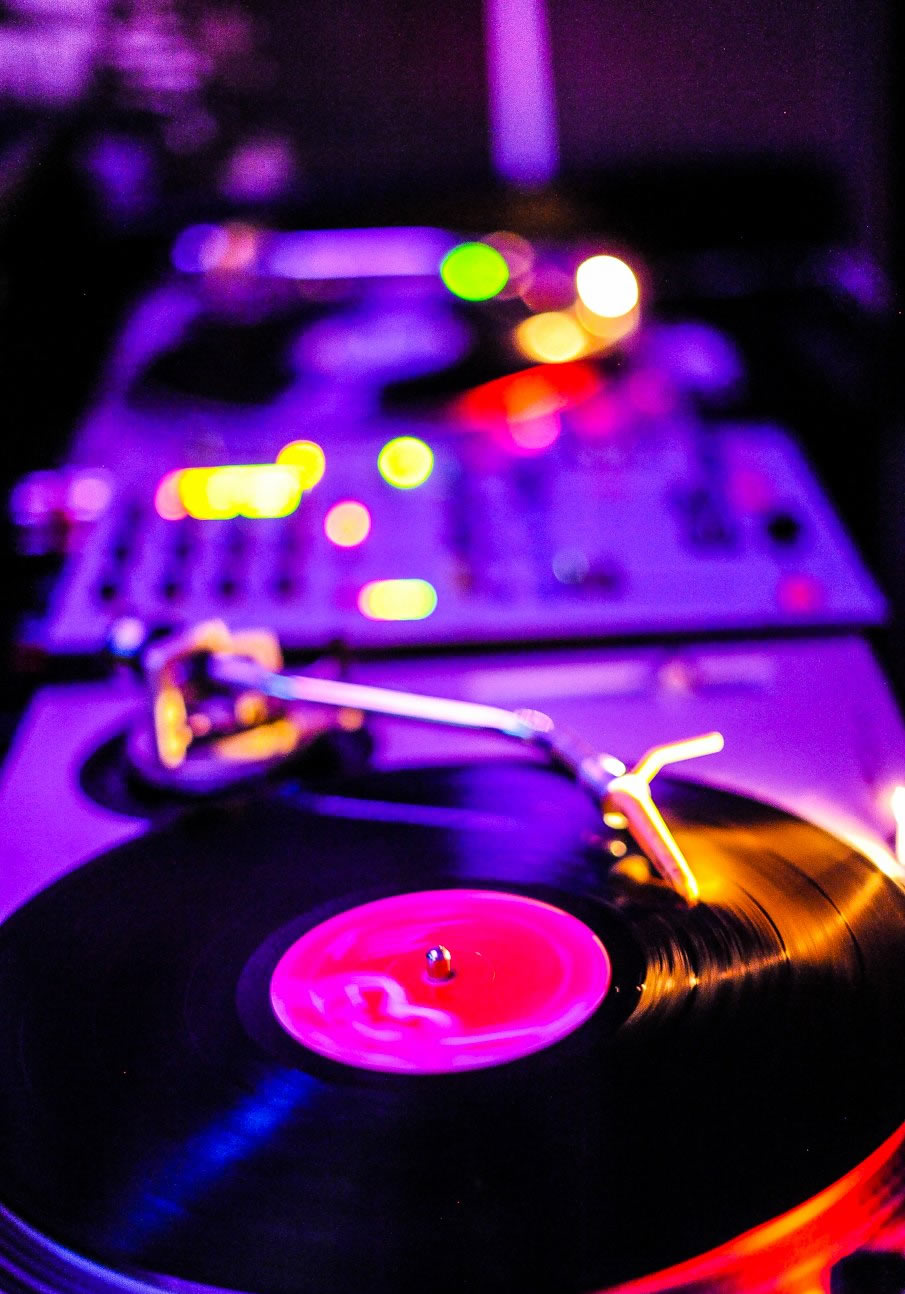




Immersive Beats: Exploring the Anatomy of Nightclub Sound Systems
In the pulsating heart of the city, where the night comes alive with vibrant energy and rhythm, nightclubs stand as modern sanctuaries of revelry and escapism. Yet, behind the glittering lights and crowded dance floors lies a crucial element that orchestrates the euphoria of the night: the nightclub sound system. Beyond mere amplification, these systems are architectural marvels engineered to sculpt sound waves into an immersive sonic landscape that enraptures the senses and ignites the soul. Let’s delve into the intricate world of nightclub sound systems, exploring their anatomy, evolution, and the magic they weave within the confines of dimly lit spaces.

The Evolution of Nightclub Sound Systems
Nightclub sound systems have undergone a remarkable evolution, paralleling advancements in audio technology and the ever-changing demands of club-goers. From the humble beginnings of rudimentary speaker setups to today’s sophisticated arrays, the journey of nightclub sound has been one of innovation and sonic experimentation.
Early nightclub sound systems were characterized by their simplicity. Basic setups comprised a few speakers strategically placed around the venue, powered by amplifiers of modest capability. These systems, while functional, lacked the finesse and power required to envelop clubbers in a truly immersive audio experience.
However, with the advent of electronic music and the burgeoning nightclub culture of the late 20th century, the demand for more robust sound systems surged. Innovations such as subwoofers, tweeters, and line arrays began to revolutionize the way sound was reproduced in clubs. Subwoofers, in particular, became indispensable components, delivering the chest-thumping basslines that define many electronic music genres.

Anatomy of a Nightclub Sound System
A modern nightclub sound system is a complex ensemble of components meticulously designed to deliver pristine audio fidelity and bone-rattling bass. At its core are the speakers, the frontline soldiers in the battle for sonic supremacy. These speakers come in various shapes and sizes, each serving a specific purpose in the audio spectrum.
Subwoofers, with their towering presence and thunderous output, anchor the low end of the frequency spectrum, delivering the deep, resonant bass that reverberates through the dance floor and into the very core of clubbers’ beings. Arrayed around the venue, these subwoofers create a seamless field of bass, ensuring that no corner remains untouched by the rhythmic pulse of the music.
Complementing the subwoofers are the midrange and high-frequency speakers, which handle the delicate task of reproducing vocals, melodies, and high-frequency effects with clarity and precision. Strategically positioned above the dance floor and around the venue, these speakers fill the space with a rich tapestry of sound, enveloping clubbers in a cocoon of audio bliss.
Powering these speakers are amplifiers, the unsung heroes of the sound system. Amplifiers boost the electrical signals from audio sources to levels capable of driving the speakers to their full potential, ensuring that every nuance of the music is faithfully reproduced with unwavering clarity and power.

The Art of Sound Design
Crafting the perfect sound experience for a nightclub is as much an art as it is a science. Sound engineers, armed with their expertise and a keen ear for detail, meticulously design and calibrate sound systems to suit the acoustics of each venue and the musical preferences of its patrons.
Through a process known as sound optimization, engineers fine-tune the placement and configuration of speakers, adjust equalization settings, and implement advanced signal processing techniques to achieve the optimal balance of clarity, depth, and volume. The goal is to create a sonic landscape that not only sounds incredible but also feels immersive and enveloping, drawing clubbers deeper into the music and the moment.
Moreover, advancements in digital sound processing technology have opened up new frontiers in sound design, allowing engineers to manipulate audio signals in real-time and sculpt soundscapes with unprecedented precision. Techniques such as spatial audio processing and dynamic range compression enable engineers to create truly three-dimensional sound environments that transport clubbers to realms beyond the confines of the dance floor.

The Future of Nightclub Sound
As technology continues to evolve at a rapid pace, the future of nightclub sound holds boundless possibilities. From immersive 3D audio experiences to AI-powered soundscapes that adapt to the mood and energy of the crowd, the next frontier of nightclub sound promises to be nothing short of revolutionary.
Furthermore, with growing concerns about environmental sustainability, there is a growing emphasis on developing energy-efficient sound systems that minimize power consumption without compromising on performance. From eco-friendly speaker materials to energy-efficient amplifier designs, the quest for greener nightclub sound solutions is gaining momentum, ushering in a new era of sustainability in nightlife entertainment.
In conclusion, nightclub sound systems are not merely tools for amplification but portals to another dimension, where music transcends the boundaries of space and time to unite souls in a shared experience of euphoria and ecstasy. As we continue to push the boundaries of technology and imagination, the future of nightclub sound beckons with the promise of even greater sonic adventures yet to come.

